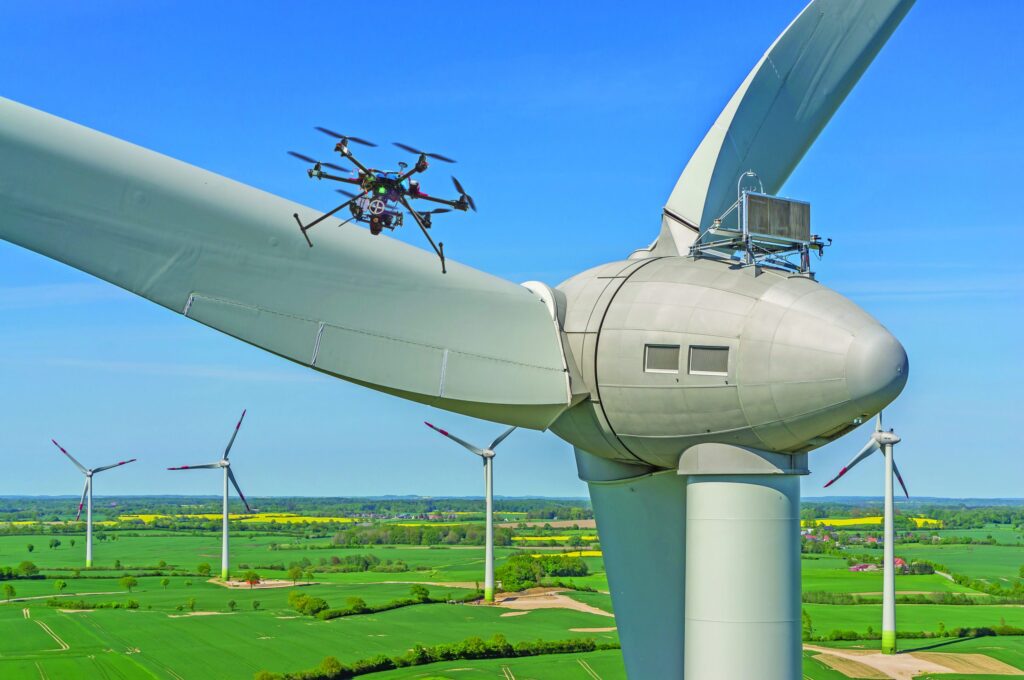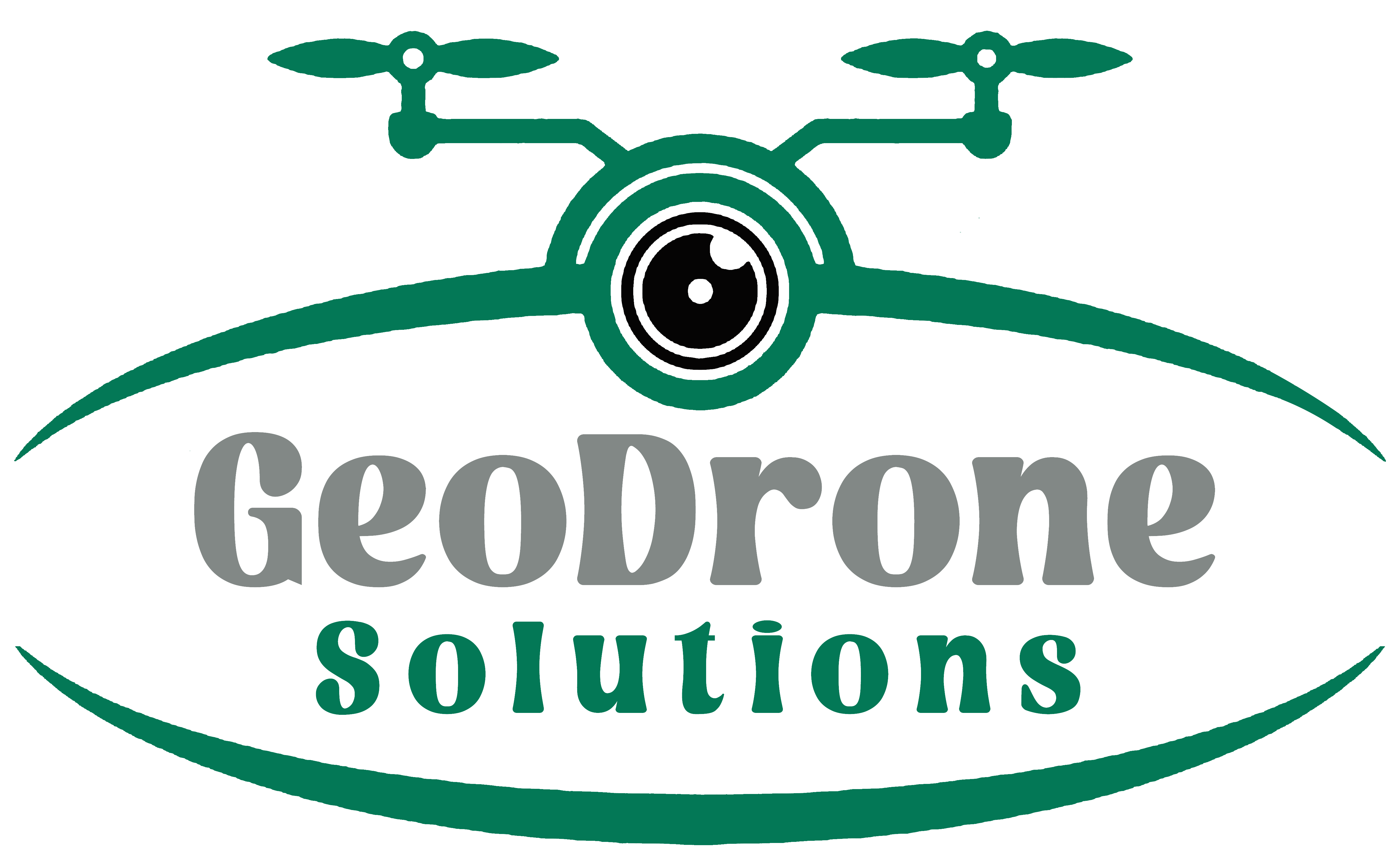Wind Turbine Generator

“Elevating Wind Energy Reliability: Precision in the Sky for Turbine Excellence.”
The use of drones in the wind energy sector, particularly for wind turbine generator inspections and maintenance, offers several significant advantages. Here are key aspects highlighting the significance of drone technology in the context of wind turbine generators:
Routine Inspections and Condition Monitoring:
Drones enable efficient and routine inspections of wind turbine components, including blades, towers, and nacelles. This proactive approach to condition monitoring helps identify issues such as cracks, erosion, or wear and tear early, preventing potential failures.
Reduced Downtime:
Drones contribute to reducing downtime by providing quick and accurate assessments of turbine conditions. Traditional manual inspections often require shutting down turbines, but drones can inspect while the turbine is operational, minimizing downtime and maximizing energy production.
Improved Safety:
Wind turbine inspections can be hazardous for human workers, especially when working at heights. Drones eliminate the need for personnel to climb turbines or use heavy equipment, enhancing overall safety for maintenance and inspection tasks.
Thermal Imaging for Anomaly Detection:
Drones equipped with thermal imaging cameras can detect temperature variations in turbine components. This capability helps identify potential issues such as overheating in electrical components or mechanical faults not visible to the naked eye.
Blade Inspection and Maintenance:
Drones provide a cost-effective and efficient means of inspecting wind turbine blades for damage, erosion, or structural issues. They can capture detailed images, allowing engineers to assess the condition of the blades without the need for specialized equipment.
Data Analytics and Predictive Maintenance:
Drone-collected data, when integrated with analytics, supports predictive maintenance models for wind turbines. This allows for the identification of trends and patterns, enabling operators to schedule maintenance activities proactively.
Environmental Monitoring:
Drones can monitor the environmental conditions around wind farms, including factors such as bird activity or vegetation growth. This information supports environmental impact assessments and ensures compliance with regulations.
Accessibility to Challenging Locations:
Wind turbines are often located in remote or challenging terrains. Drones provide access to these locations, making it easier to inspect and maintain turbines in areas that may be difficult or unsafe for human access.
Documentation and Reporting:
Drones facilitate systematic documentation of the condition of wind turbine components. This documentation is valuable for compliance purposes, insurance claims, and creating historical records of maintenance activities.
Cost Efficiency:
The use of drones in wind turbine inspections is generally more cost-effective than traditional manual methods. Drones can cover large areas in a shorter time, reducing labor costs, operational disruptions, and the need for specialized equipment.
Increased Frequency of Inspections:
Drones enable more frequent and regular inspections of wind turbines, enhancing the overall monitoring and maintenance strategy. This helps identify issues at an early stage and ensures the longevity and reliability of the turbine assets.
In summary, the significance of drone applications in wind turbine generators lies in their ability to enhance safety, efficiency, and reliability in inspections and maintenance. Drones contribute to the optimization of wind energy operations, ensuring sustainable and cost-effective energy production.
